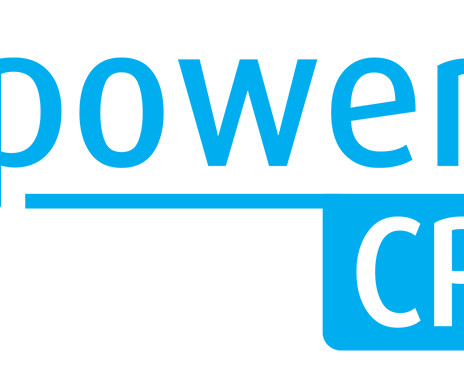Total Cost of Ownership Procurement Model Failure – What’s Missing?
Supply Chain Game Changer
AUGUST 30, 2022
Many businesses use some form of Total Cost of Ownership model to support their Procurement and sourcing decisions. What is the current nature of these Total Cost of Ownership models, and what needs to change to make their use more robust and responsive? What is a Total Cost of Ownership Model?











































Let's personalize your content